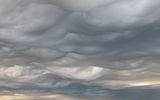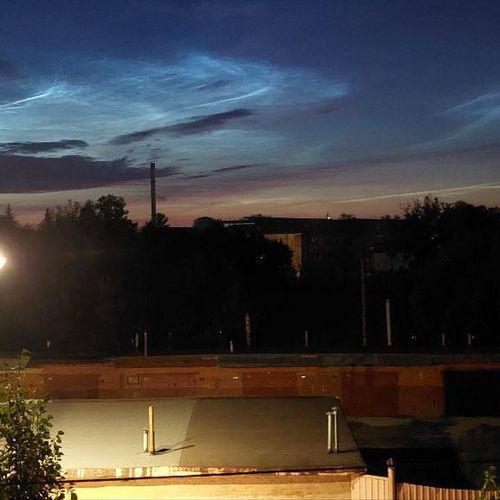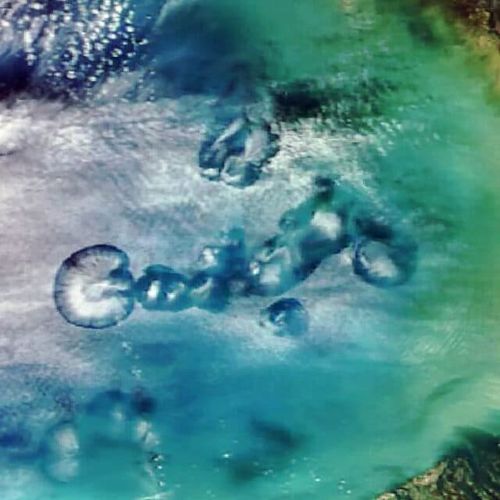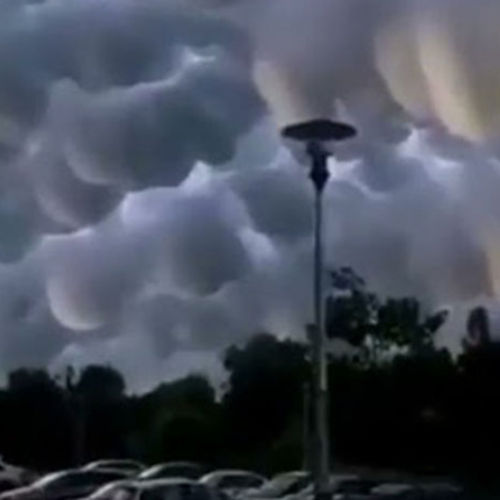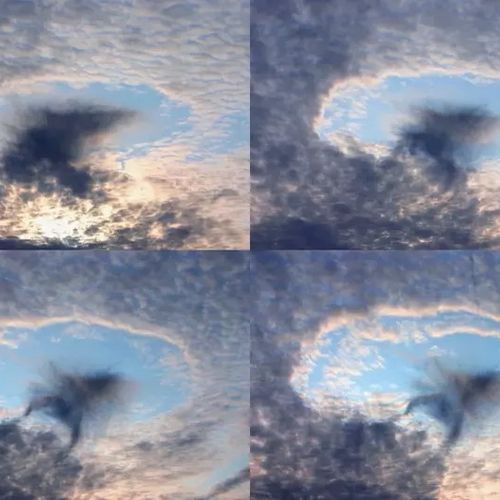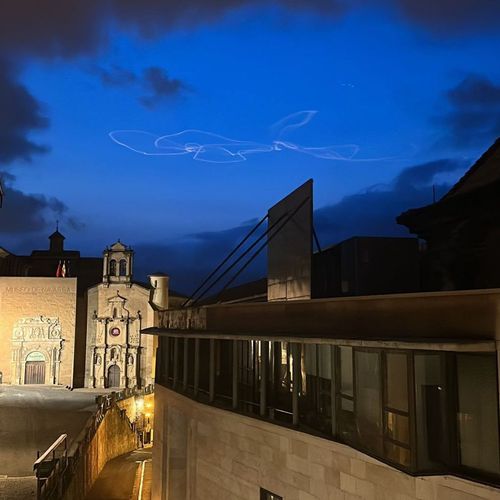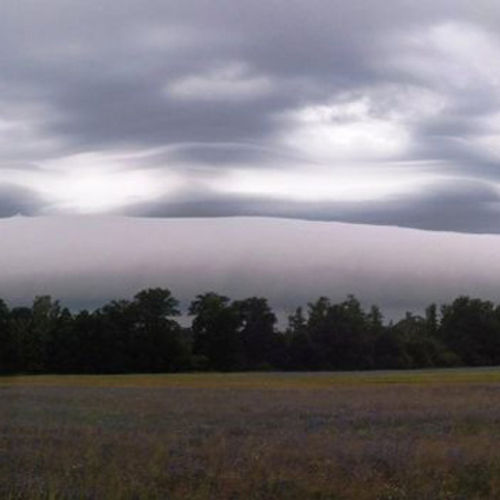
| Added | Thu, 23/03/2017 |
| Источники | |
| Дата публикации | Thu, 23/03/2017
|
| Версии |
After this news, you'll be more likely to raise his eyes to heaven. There you can see volutus, or "roll cloud", which looks like a tube, rotating along its horizontal axis. And if you are lucky, you will see dramatic clouds asperitas, which translated from Latin means "rough", "rough". They are like a rough sea surface, only when you look from below, from the underwater depths.
Cloud volutus and asperitas — only two types of 11 included in the new edition of the International cloud Atlas produced by the world meteorological organization. This is the first update of the Atlas in 1987, and some of the new cloud characteristics was the subject of a multi-year approvals and lobbying campaigns. In addition, the first Atlas will be available in the online version, which will publish on Thursday, March 23.
The society of lovers of clouds (Cloud Appreciation Society), which includes more than 40 thousand enthusiasts in 110 countries, since 2006, advocated the recognition of asperitas new type of cloud.
Gavin Pretor-Pinney, the founder of the society, said that these clouds first caught the attention of his group more than 10 years ago, when he was spotted in the skies of Iowa. "The top was like a stormy sea, and we watched him from the bottom of the ocean," he recalls.
According to him, the society has helped to document the formation of asperitas, using a mobile app that allows you to take pictures of the clouds and guess what type. The experts then compare them with the official classification.
"Importantly, it gave us a lot of examples captured in different places around the world. To date the collection group 280 of thousands of cloud pictures," said Pretor-Pinney.
In addition to the classification asperitas, the Atlas contains new names for clouds that are already well known to fans of weather, including clouds Kelvin-Helmholtz and leaky cloud (hole punch cloud). Officially they will now be referred to as fluctus and cavum, although meteorologists are not against the use of less formal terminology.
Another interesting cloud hunters for a tornado is called the "beaver tail" because of its shape and location during a severe thunderstorm. Now he has the Latin name flumen.
In addition, the new Atlas contains 5 different types of clouds, dubbed the unpronounceable names: cataractagenitus, flammagenitus, homogenitus and silvagenitus. These clouds are created with the participation of the localized factors, such as large waterfalls, the heat from forest fires and vapor trail of a high flying plane.
Translated by «Yandex.Translator»
Новости со схожими версиями
Log in or register to post comments

